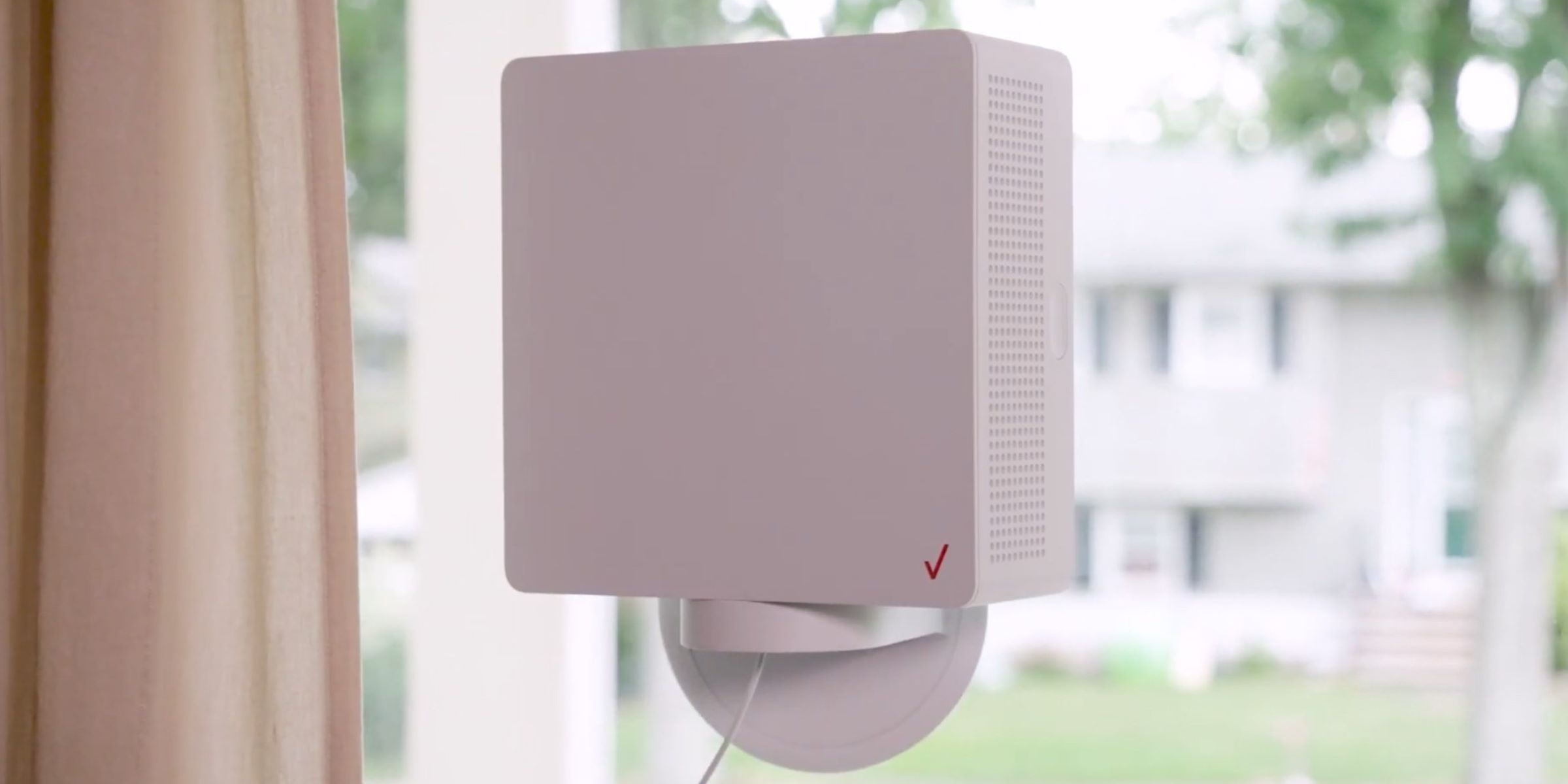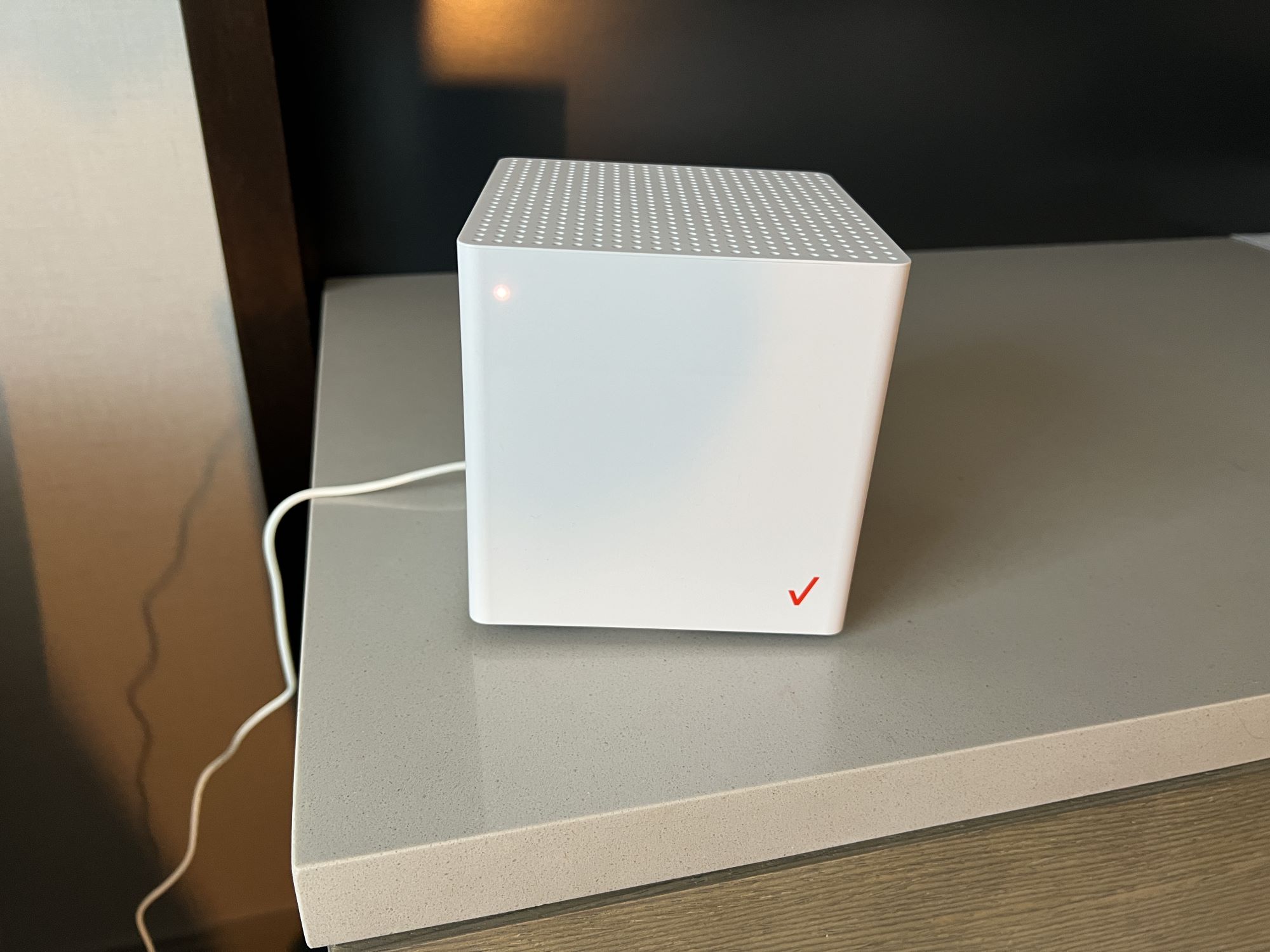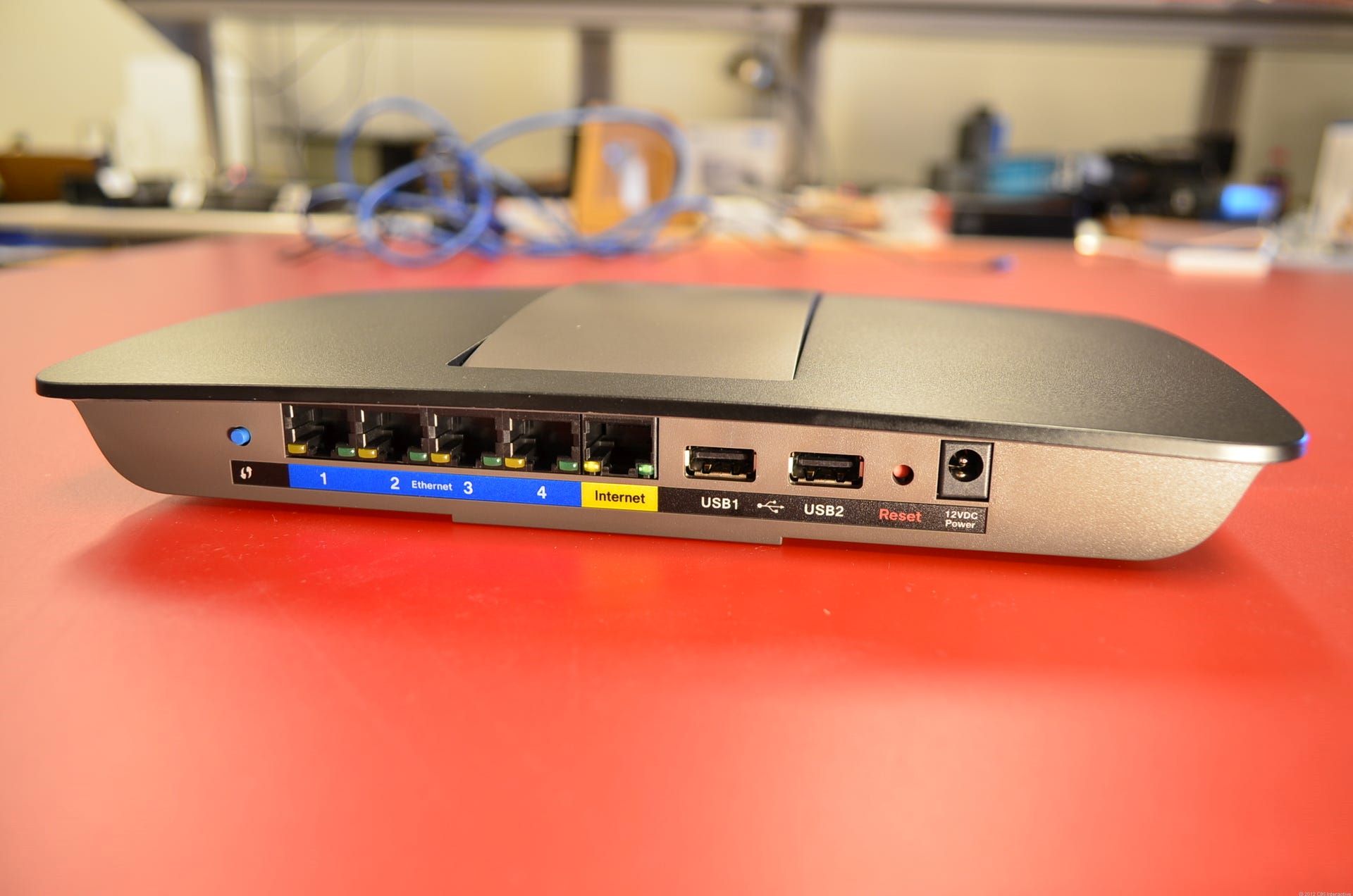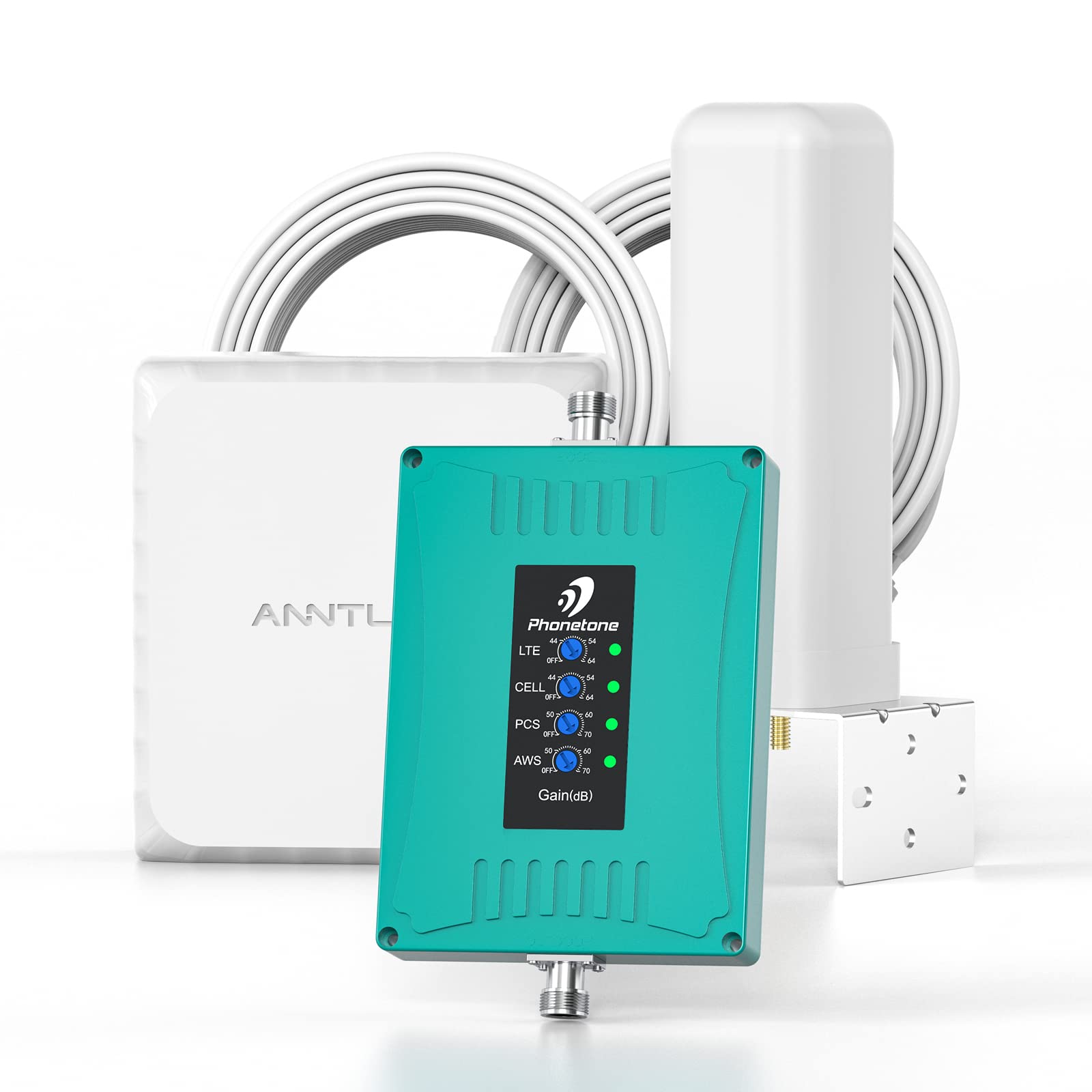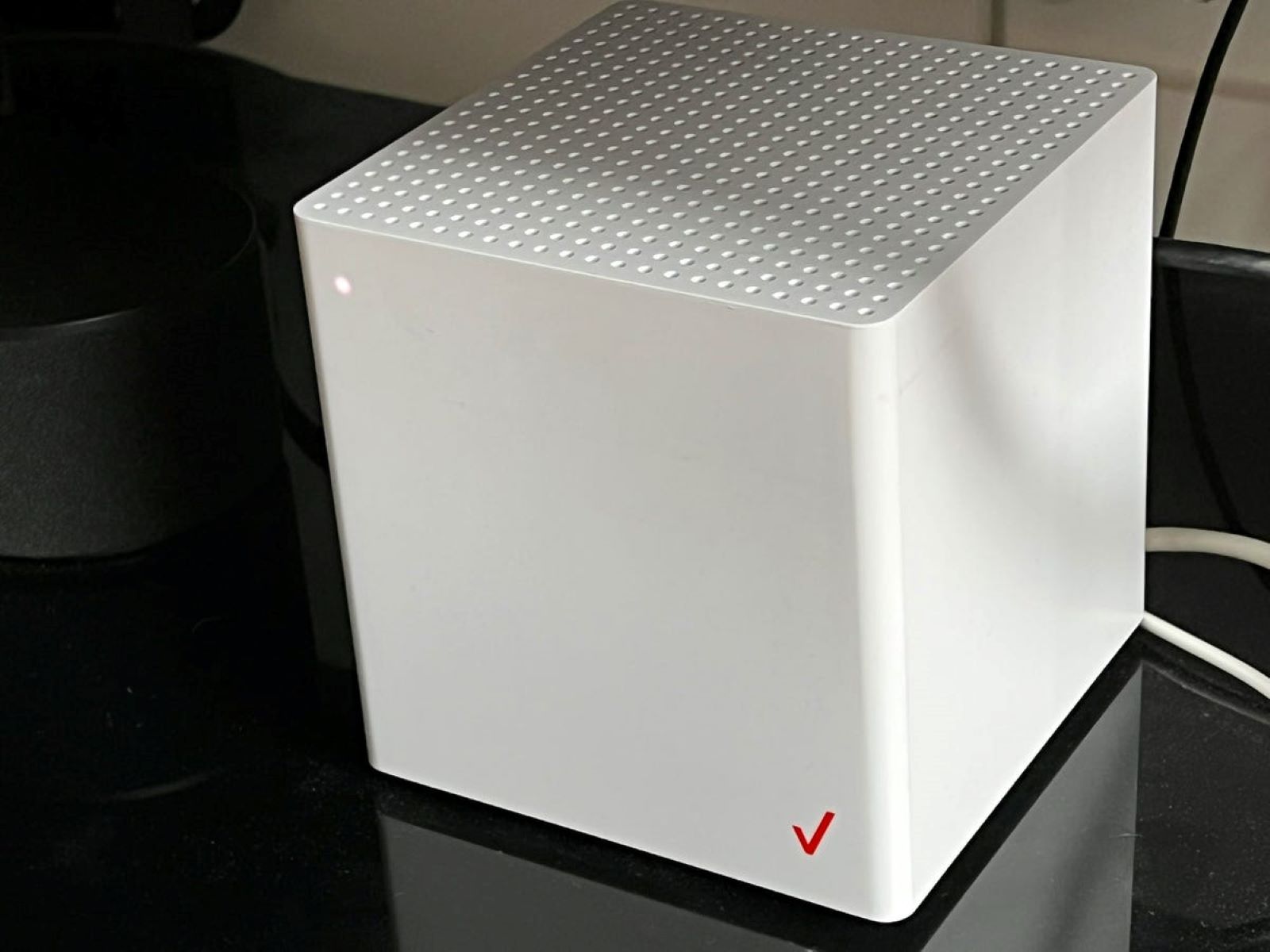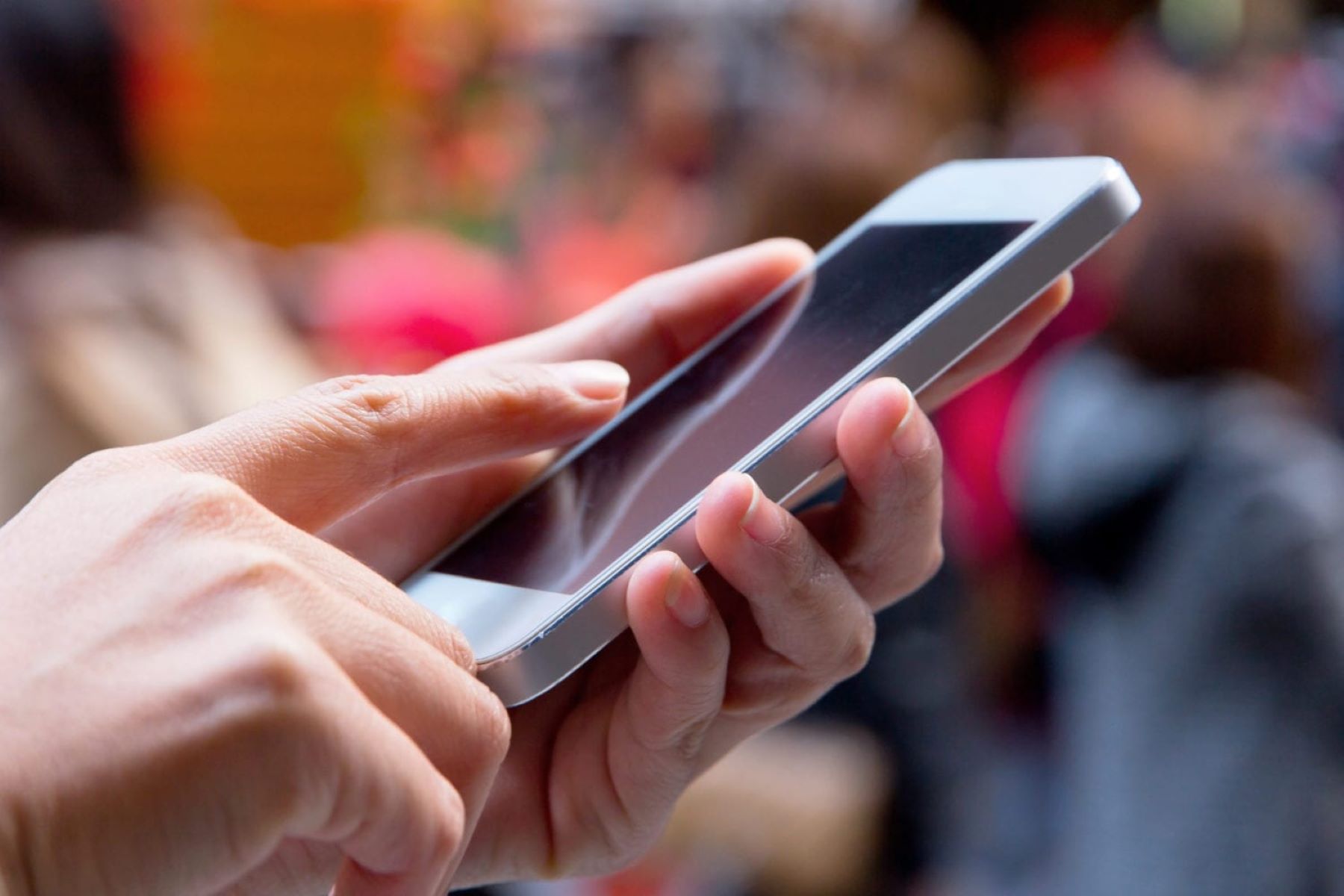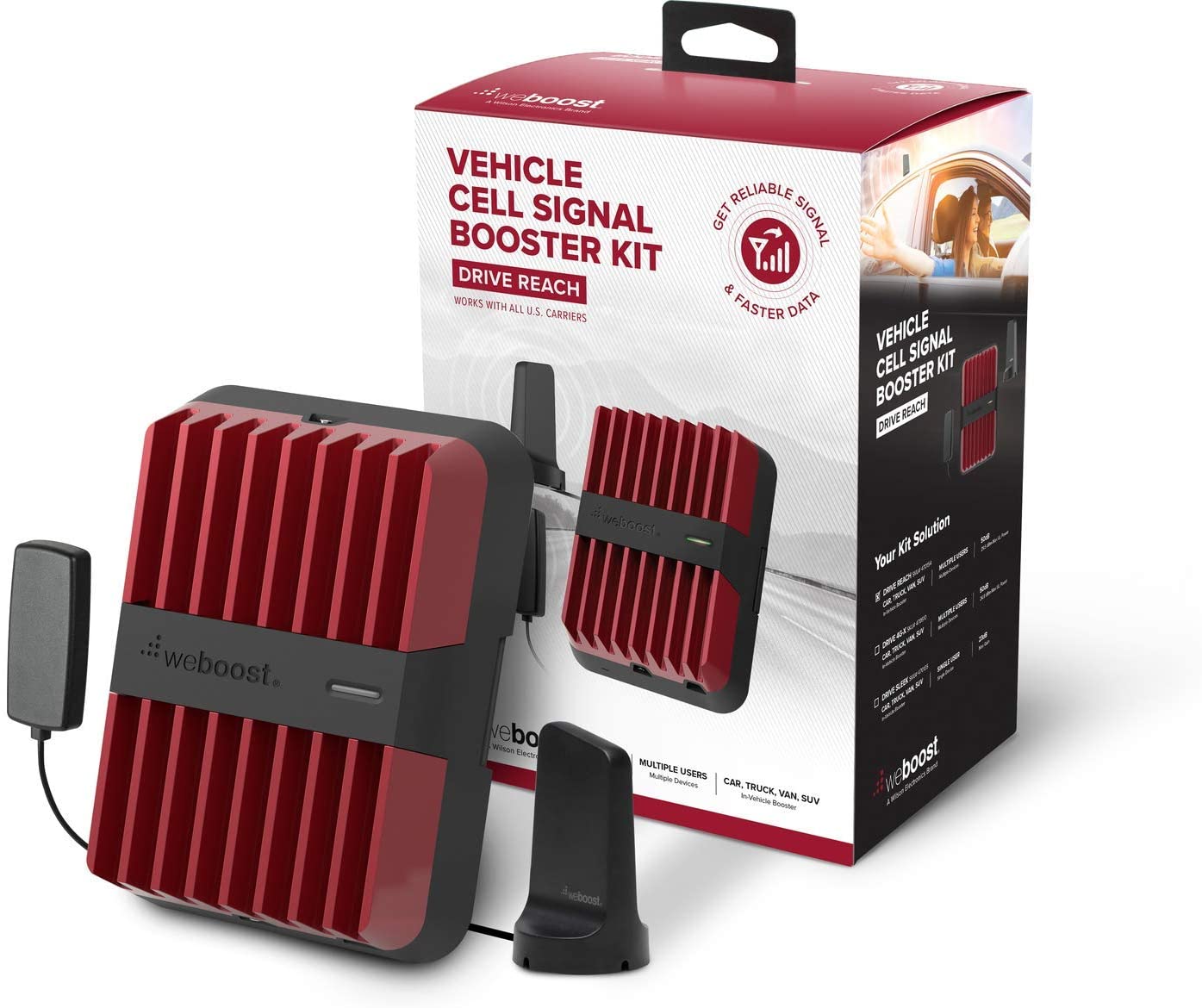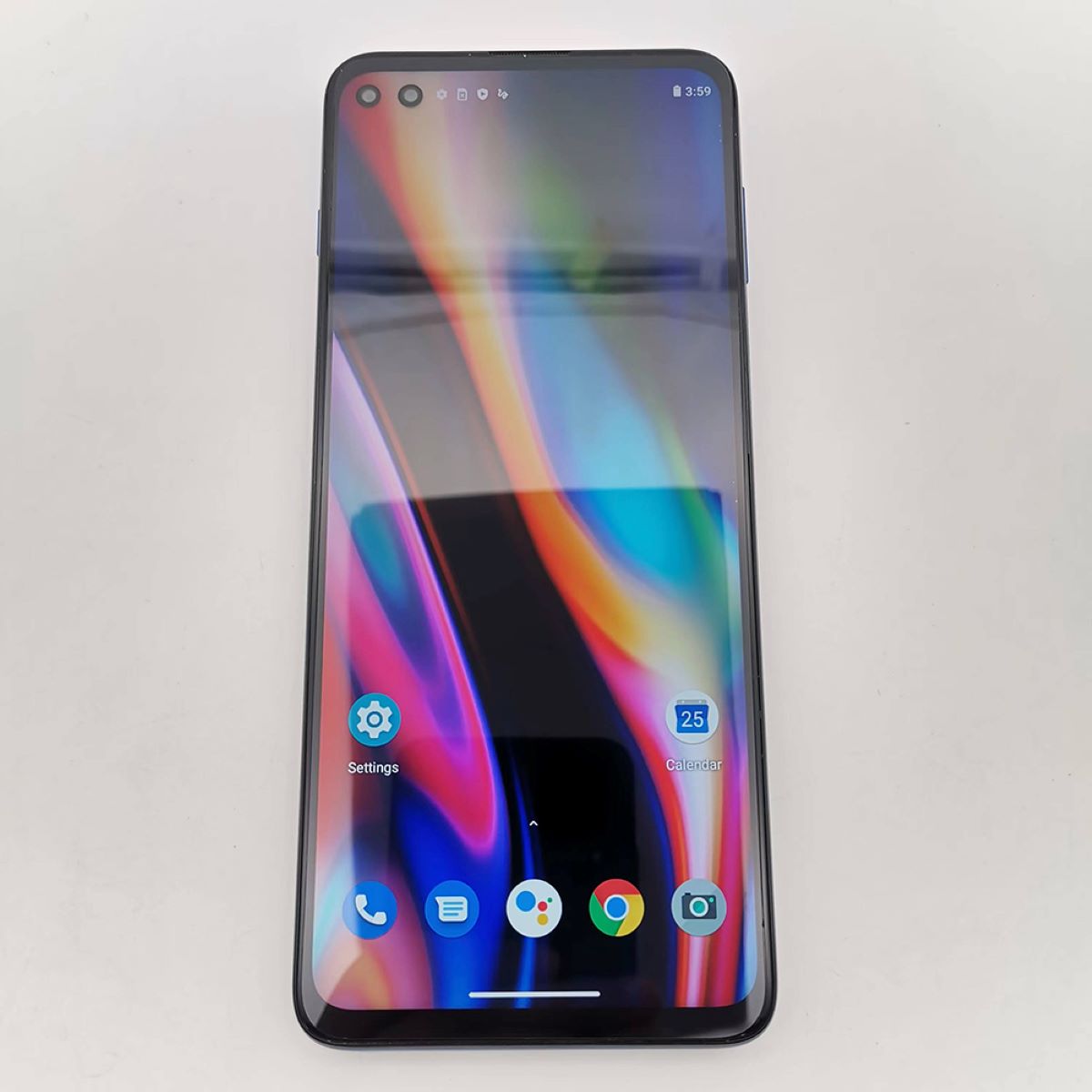Introduction
Verizon is one of the leading providers of 5G wireless technology in the United States. With the promise of lightning-fast speeds and seamless connectivity, many users have eagerly anticipated the deployment of Verizon’s 5G network. However, some users have reported experiencing slower-than-expected speeds on Verizon’s 5G network. This has left many questioning why Verizon 5G is so slow.
Understanding the underlying factors that affect 5G speed is crucial in uncovering the reasons behind Verizon’s slower speeds. In this article, we will delve into the intricacies of 5G technology and explore the various factors that may impact the speed of Verizon’s 5G network. Additionally, we will examine Verizon’s deployment strategy and compare its 5G speed to that of other providers. Lastly, we will provide some tips on how you can potentially improve your Verizon 5G speed.
So, if you are experiencing slower speeds on your Verizon 5G connection and are curious about the possible causes, then read on to discover the factors that may be affecting Verizon’s 5G speed.
Understanding 5G Technology
Before diving into the reasons behind Verizon’s 5G speed, it’s essential to have a clear understanding of what 5G technology is and how it differs from its predecessors.
5G, or fifth-generation wireless technology, represents a significant leap forward in terms of speed, capacity, and connectivity compared to previous wireless technologies like 4G LTE. It promises download speeds that are exponentially faster, reduced latency, and the ability to connect a massive number of devices simultaneously.
One of the primary features of 5G technology is the use of high-frequency radio waves, known as millimeter waves (mmWave). These mmWave frequencies offer vast bandwidths, allowing for faster data transmission. However, they have limited range and are easily obstructed by obstacles such as buildings or trees.
Another key aspect of 5G is its utilization of small cells or base stations. Unlike traditional macro cells used in 4G, small cells are distributed in closer proximity to users, resulting in a denser network infrastructure. This increased density enables better coverage, higher speeds, and improved capacity in areas with a high population density.
Furthermore, 5G networks employ advanced beamforming techniques, which focus the signal transmission directly to the intended device. This targeted approach helps minimize signal interference and enhances the reliability and speed of the connection.
It’s important to note that 5G technology is still evolving and being rolled out gradually across different regions. This means that the availability and performance of 5G may vary depending on your location and the stage of deployment in your area.
Now that we have a basic understanding of the underlying principles of 5G technology, let’s explore the various factors that could be impacting the speed of Verizon’s 5G network.
Factors Affecting Verizon 5G Speed
Several factors can contribute to the slower speeds experienced on Verizon’s 5G network. While Verizon strives to deliver the promised lightning-fast speeds, these factors can have an impact on the overall performance. Let’s take a closer look at some of the key factors that may affect Verizon’s 5G speed:
- Network Congestion and Capacity: As more users connect to Verizon’s 5G network, increased network congestion can occur, resulting in slower speeds. The network may struggle to handle the high volume of data traffic, especially during peak usage times. Additionally, the limited capacity of the 5G network can lead to slower speeds when many users are simultaneously accessing it.
- Signal Interference and Building Penetration: The high-frequency mmWave signals used in Verizon’s 5G are more prone to signal interference caused by obstacles like buildings, trees, or even weather conditions. These obstacles can weaken the signal strength, resulting in slower speeds or even signal dropouts. Moreover, the mmWave signals have limited range and may struggle to penetrate buildings, leading to reduced speeds indoors.
- Device Limitations and Compatibility: The 5G speeds you experience can also be influenced by the type of device you are using. Older devices may not be fully compatible with Verizon’s 5G network and may not support the fastest speeds that 5G technology can offer. Additionally, if your device lacks the necessary hardware capabilities or software optimizations for 5G connectivity, it may impact the speed and performance you receive.
- Verizon’s 5G Deployment Strategy: The stage of 5G deployment in your area can also affect the speed you experience on Verizon’s network. If Verizon has only recently deployed 5G in your region, the coverage may not be as extensive or stable as in areas where 5G has been available for a longer time. Ongoing network upgrades and optimization efforts can also impact the overall speed and performance of the 5G network.
Understanding these factors is crucial in managing expectations regarding the speed of Verizon’s 5G network. While Verizon continually works to enhance the performance of its 5G network, it’s important to consider these factors and their potential impact on your individual experience. In the following sections, we will delve deeper into how network congestion, signal interference, device limitations, and Verizon’s deployment strategy can influence the speed of Verizon 5G.
Network Congestion and Capacity
Network congestion and capacity can significantly impact the speed and performance of Verizon’s 5G network. As more users connect to the network and demand higher data speeds, the network infrastructure may become overwhelmed, resulting in slower speeds. Here are a few key factors to consider regarding network congestion and capacity:
Peak Usage Times: During peak usage hours, such as evenings or weekends, more users are accessing the network simultaneously, putting additional strain on the network’s resources. This increase in demand can lead to slower speeds as the network struggles to handle the high volume of data traffic.
High Data Consumption Applications: Certain applications, such as video streaming or online gaming, require a significant amount of bandwidth and data consumption. When multiple users engage in these high-bandwidth activities simultaneously, it can put a strain on the network and result in slower speeds for all connected users.
Network Capacity Limitations: The capacity of the 5G network is not unlimited. Each cell site has a finite amount of bandwidth that can be shared among the connected users. When the number of users surpasses the available capacity, it can lead to congestion and slower speeds as the network tries to accommodate all the requests.
Verizon addresses network congestion by continually upgrading and expanding its network infrastructure to handle increasing data demands. However, it is essential to note that network congestion can still occur in certain areas or during high-demand situations.
Verizon also employs various techniques to manage network congestion, such as prioritizing certain types of traffic or implementing quality of service (QoS) measures. In some cases, this prioritization may result in certain types of traffic experiencing faster speeds while others are deprioritized and experience slower speeds.
To mitigate the impact of network congestion on your 5G speed, consider using the network during off-peak hours or exploring alternative connectivity options such as Wi-Fi when possible.
Now that we have explored the role of network congestion and capacity, let’s examine another factor that can affect Verizon’s 5G speed: signal interference and building penetration.
Signal Interference and Building Penetration
Signal interference and building penetration play a significant role in the speed and reliability of Verizon’s 5G network. The high-frequency millimeter wave (mmWave) signals used in 5G are more susceptible to interference and obstacles compared to lower-frequency signals. Here are some key factors to consider regarding signal interference and building penetration:
Obstacles and Signal Blockage: The mmWave signals used in Verizon’s 5G network have a limited range and can be easily obstructed by objects like buildings, trees, or even weather conditions. When the signal encounters these obstacles, it weakens or gets blocked, leading to slower speeds or even signal dropouts.
Building Materials: The materials used in the construction of buildings can hinder the penetration of mmWave signals. Materials such as concrete, metal, or energy-efficient glass can significantly reduce signal strength and limit the coverage and speed of Verizon’s 5G network inside buildings.
Signal Reflection: mmWave signals can get reflected off buildings, resulting in signal interference and degradation. These reflections can create multipath propagation, where the signal takes different paths and arrives at the receiver at slightly different times. This can cause signal distortions and impact the overall speed and reliability of the connection.
Verizon uses various techniques to mitigate signal interference and improve building penetration, such as strategically placing small cells and utilizing beamforming technology. Beamforming helps to direct the signal towards the user’s device, improving signal strength and reducing interference. However, the effectiveness of these measures can vary depending on the specific location and environmental factors.
To enhance your Verizon 5G experience, you can try positioning yourself in a clear line-of-sight to the nearest 5G small cell, or ensuring that you are in an area with minimal obstruction from buildings or other objects. Additionally, using Wi-Fi when inside buildings can provide a more reliable and faster connection in areas where Verizon’s 5G signal may struggle to penetrate.
Now that we’ve explored signal interference and building penetration, let’s discuss another factor that can impact Verizon’s 5G speed: device limitations and compatibility.
Device Limitations and Compatibility
The device you are using to connect to Verizon’s 5G network can have a significant impact on the speed and performance you experience. Several factors related to device limitations and compatibility can affect the overall 5G experience. Here are some key considerations:
Device Capability: Not all devices are equipped with the necessary hardware capabilities to support the fastest speeds that 5G technology offers. While newer smartphones and devices are being designed with 5G compatibility in mind, older devices may not fully leverage the capabilities of Verizon’s 5G network.
Software Optimizations: In addition to hardware limitations, the software optimizations on a device play a crucial role in ensuring a smooth and fast 5G experience. Device manufacturers often release software updates to improve compatibility, optimize performance, and enhance 5G connectivity.
Frequency Bands: Different frequency bands are used for 5G, such as the high-frequency mmWave or mid-band frequencies. Not all devices support all frequency bands, which can impact the speed and availability of 5G connectivity. If your device does not support a specific frequency band used by Verizon’s 5G network, you may not experience the maximum speeds advertised.
Network Compatibility: It’s crucial to ensure that your device is compatible with Verizon’s 5G network. While the majority of devices from major manufacturers have built-in support for Verizon’s 5G, it’s always recommended to check compatibility before purchasing a new device or upgrading your existing one.
Verizon provides a list of compatible devices on their website, which you can refer to for specific information on device compatibility and the supported 5G bands. Upgrading to a newer device that is 5G-ready can improve your 5G speed and overall connectivity experience.
It’s important to keep in mind that even with a compatible device, your proximity to a 5G tower and the overall network coverage in your area can affect the speed and performance you experience. If you are located in an area with limited 5G coverage, you may experience slower speeds compared to areas with full 5G deployment.
Now that we have explored the impact of device limitations and compatibility, let’s move on to discussing Verizon’s 5G deployment strategy and its implications on speed and performance.
Verizon’s 5G Deployment Strategy
Verizon’s 5G deployment strategy plays a crucial role in determining the availability, speed, and performance of its 5G network. The rollout of 5G is a complex process that involves multiple stages and considerations. Here are some key aspects of Verizon’s 5G deployment strategy:
Geographic Coverage: Verizon has been gradually expanding its 5G coverage to different cities across the country. The availability of 5G varies by location, and the speed and performance can be influenced by the stage of deployment in your area. If 5G is still in the early stages of deployment in your region, you may experience more limited coverage and potentially slower speeds compared to areas with more extensive 5G infrastructure.
Small Cell Deployment: Verizon’s 5G network heavily relies on small cells, which are distributed throughout an area to provide coverage. Small cells are smaller base stations that are placed in closer proximity to users, enabling better coverage, capacity, and speed. The placement and density of small cells in your area can impact the available 5G coverage and the speed you experience.
Focused Deployment: Verizon has initially focused on deploying 5G in densely populated urban areas and areas with high user demand. This targeted approach ensures that areas with the most significant need for fast connectivity benefit from the early stages of Verizon’s 5G network. However, it may result in slower speeds or limited coverage in other locations, especially in rural or less densely populated areas.
Continuous Upgrades and Optimization: Verizon is continually investing in upgrading and optimizing its network infrastructure to enhance the speed and performance of its 5G network. Ongoing efforts include adding more small cells, improving network capacity, and refining beamforming and other technologies to reduce signal interference and improve coverage. These upgrades aim to provide faster speeds and a more reliable 5G experience over time.
It’s important to keep in mind that Verizon’s 5G deployment strategy is a dynamic process, and the availability and performance of 5G can vary as the network continues to expand and evolve. Checking coverage maps and staying updated with Verizon’s announcements can provide insights into the current state of 5G deployment in your area.
Now that we have explored Verizon’s 5G deployment strategy, let’s compare the speed of Verizon’s 5G network to that of other providers.
Comparing Verizon’s 5G Speed to Other Providers
When it comes to 5G speeds, Verizon has positioned itself as a leading provider in the United States. However, it’s important to compare Verizon’s 5G speed to that of other providers to get a comprehensive understanding of the overall landscape. Here’s a comparison of Verizon’s 5G speed to other major providers:
T-Mobile: T-Mobile has made significant strides in expanding its 5G network. The company utilizes a combination of low-band, mid-band, and mmWave frequencies to offer a broad coverage range. While T-Mobile’s 5G speeds may not always match those of Verizon’s mmWave-based network in terms of raw speed, their mid-band network can provide more consistent speeds and better coverage in certain areas.
AT&T: AT&T’s 5G network also utilizes a mix of low-band and mmWave frequencies. Their extensive low-band coverage allows for broader reach but may result in slower speeds compared to Verizon’s mmWave-based network. However, AT&T’s mmWave deployments in specific locations can compete with Verizon in terms of speed and performance, especially in densely populated urban areas.
Other Regional and MVNO Carriers: Various regional carriers and mobile virtual network operators (MVNOs) offer 5G services using infrastructure provided by major carriers like Verizon, T-Mobile, or AT&T. The speed and coverage of these services can be influenced by the underlying network infrastructure they utilize. While some regional carriers may not offer the same speed as the major nationwide providers, their 5G services can still provide improved speeds compared to previous wireless technologies like 4G LTE.
It’s important to note that the 5G landscape is continuously evolving, and the speed and performance of different providers can vary depending on the location and the specific stage of 5G deployment. It’s recommended to check coverage maps and consult with the respective carriers to get the most accurate and up-to-date information regarding 5G speeds in your area.
Now that we’ve compared Verizon’s 5G speed to other providers, let’s explore some tips that can potentially help improve your Verizon 5G speed.
Tips to Improve Verizon 5G Speed
If you are experiencing slower speeds on your Verizon 5G connection, there are several steps you can take to potentially improve your 5G speed. Here are some tips to consider:
1. Check for 5G Coverage: Ensure that you are in an area with reliable and strong Verizon 5G coverage. Check Verizon’s coverage maps or contact their customer support to verify the availability of 5G in your location.
2. Position Yourself for Strong Signal: When using Verizon’s 5G network, positioning yourself in an area with a clear line of sight to the nearest 5G cell site can help maximize signal strength and improve speeds. Minimize obstacles like buildings or trees that can interfere with the signal.
3. Utilize Wi-Fi When Inside Buildings: If you are experiencing slower speeds indoors, consider connecting to a Wi-Fi network. Wi-Fi can often provide faster and more reliable speeds inside buildings where Verizon’s 5G signal may face penetration challenges.
4. Upgrade Your Device: Ensure that you have a device that is fully compatible with Verizon’s 5G network. Upgrading to a newer device that supports the latest 5G standards and bands can help you take advantage of the fastest speeds available.
5. Clear Cache and Optimize Settings: Occasionally clearing the cache and optimizing the settings on your device can help improve the overall performance of your Verizon 5G connection. This includes clearing unnecessary files and background processes that may be impacting your speed.
6. Limit Network Congestion: Avoid peak usage hours when possible to minimize the impact of network congestion. Connecting to the network during off-peak hours can result in better speeds as the network has fewer users competing for bandwidth.
7. Update Software and Firmware: Ensure that your device’s software and firmware are up to date. Regularly installing updates and security patches can help optimize performance and ensure that your device is taking full advantage of Verizon’s 5G network.
8. Consult with Verizon Customer Support: If you have tried the above steps and are still experiencing slow speeds, it may be helpful to reach out to Verizon’s customer support. They can provide further guidance, troubleshoot specific issues, or provide updates on network maintenance or upgrades in your area.
Implementing these tips can potentially improve your Verizon 5G speed. However, it’s important to keep in mind that the speed you experience can be influenced by various factors, including network conditions and device compatibility.
Now that we’ve explored some tips to improve Verizon 5G speed, let’s conclude our discussion.
Conclusion
Verizon’s 5G network offers the promise of lightning-fast speeds and seamless connectivity. However, there are several factors that can impact the speed experienced on Verizon’s 5G network.
Understanding the intricacies of 5G technology, such as the use of high-frequency millimeter waves, small cell deployment, and advanced beamforming techniques, is crucial in comprehending the reasons behind varying 5G speeds.
Factors such as network congestion, signal interference, device limitations, and Verizon’s deployment strategy can all play a role in the speed and performance of Verizon’s 5G network. Network congestion during peak usage times, signal blockage or reflection due to obstacles, device compatibility and software optimizations, as well as the stage of 5G deployment in your area, can impact the speed you experience.
It’s essential to consider these factors and manage expectations accordingly. Moreover, comparing Verizon’s 5G speed to that of other providers can provide a broader perspective on the overall 5G landscape.
To improve Verizon 5G speed, consider optimizing device settings, checking for 5G coverage, positioning yourself for a strong signal, and utilizing Wi-Fi when indoors. Upgrading your device, staying updated with software and firmware, and avoiding network congestion during peak hours can also enhance your 5G experience.
While Verizon continuously invests in upgrading and expanding its 5G network, it’s important to keep in mind that the speed you experience can be influenced by various external factors beyond Verizon’s control.
In conclusion, by understanding the factors that can affect Verizon 5G speed and implementing the tips mentioned, you can potentially improve your 5G experience and enjoy the promised benefits of faster connectivity and enhanced performance.







